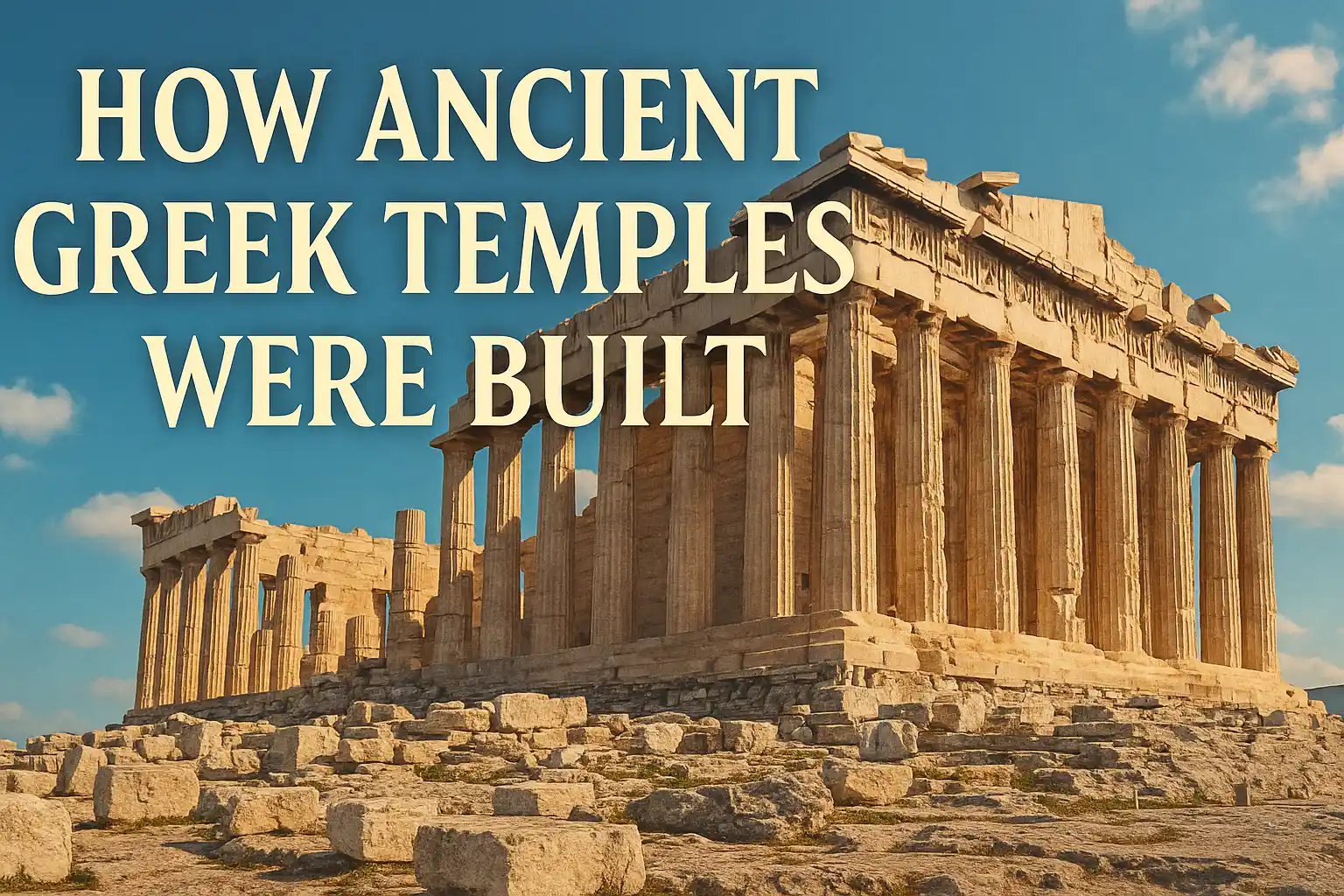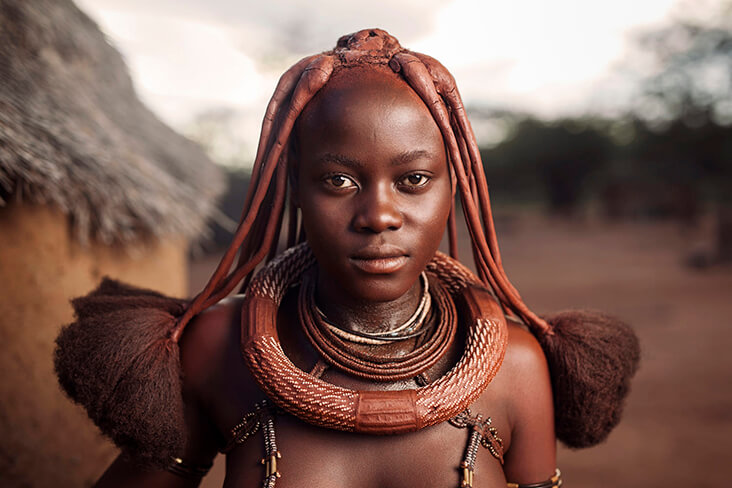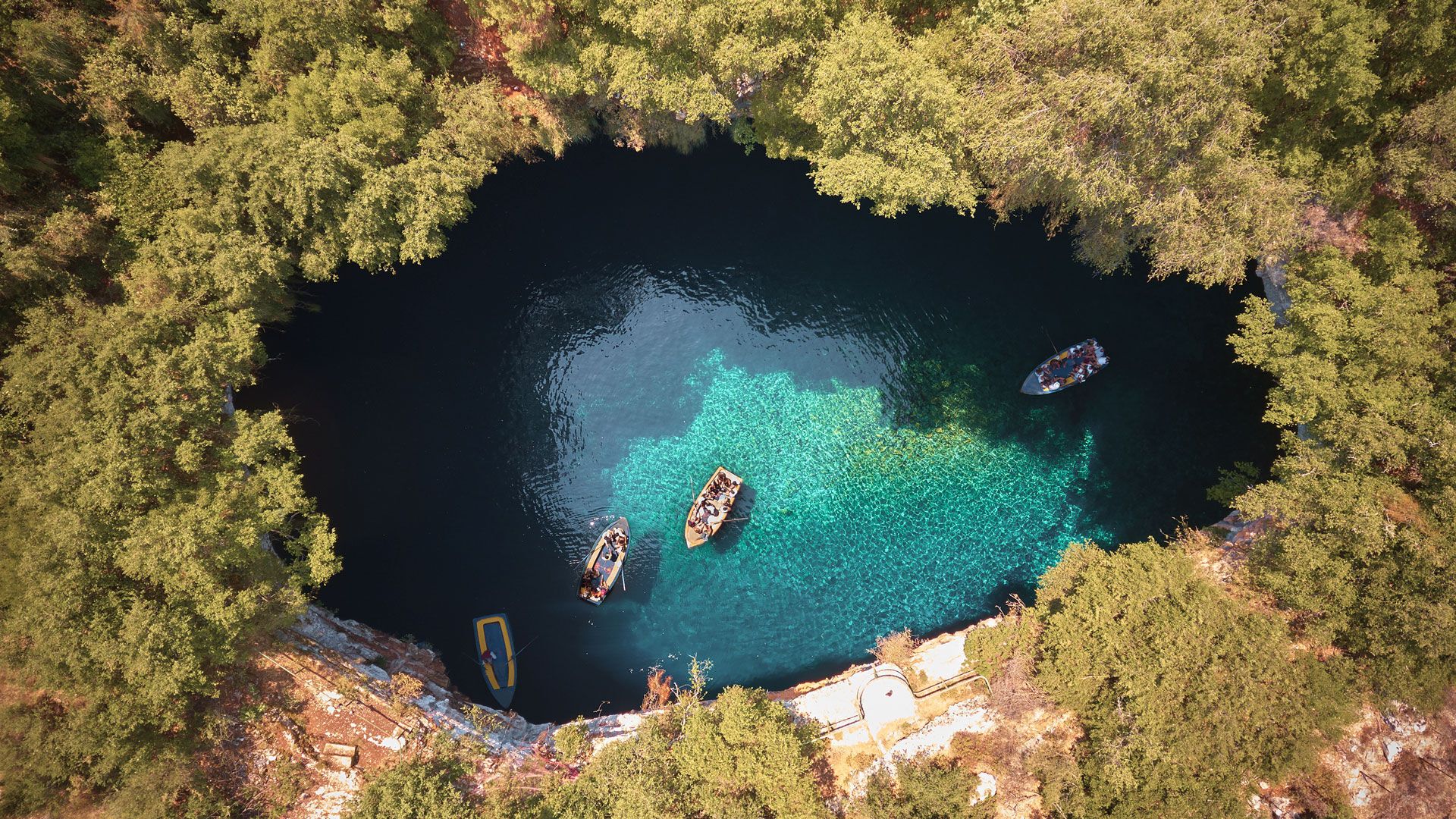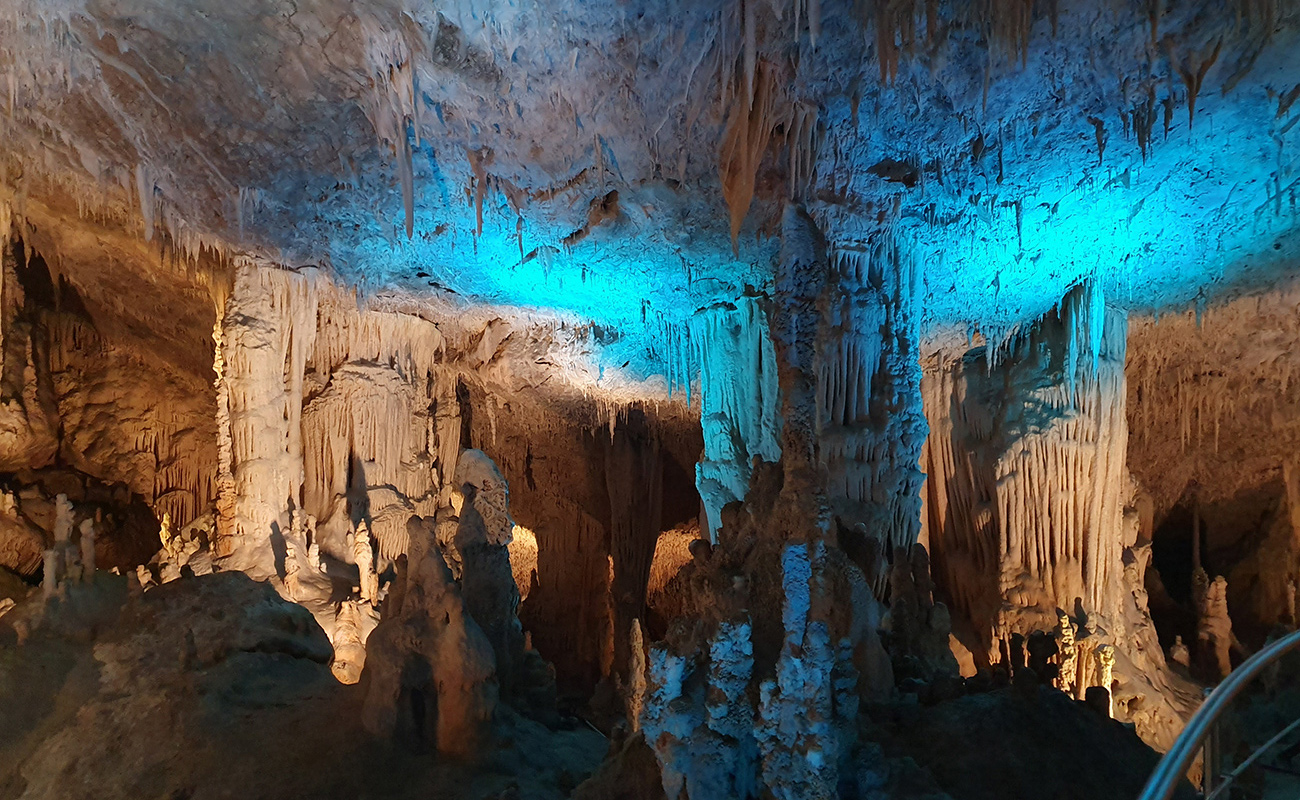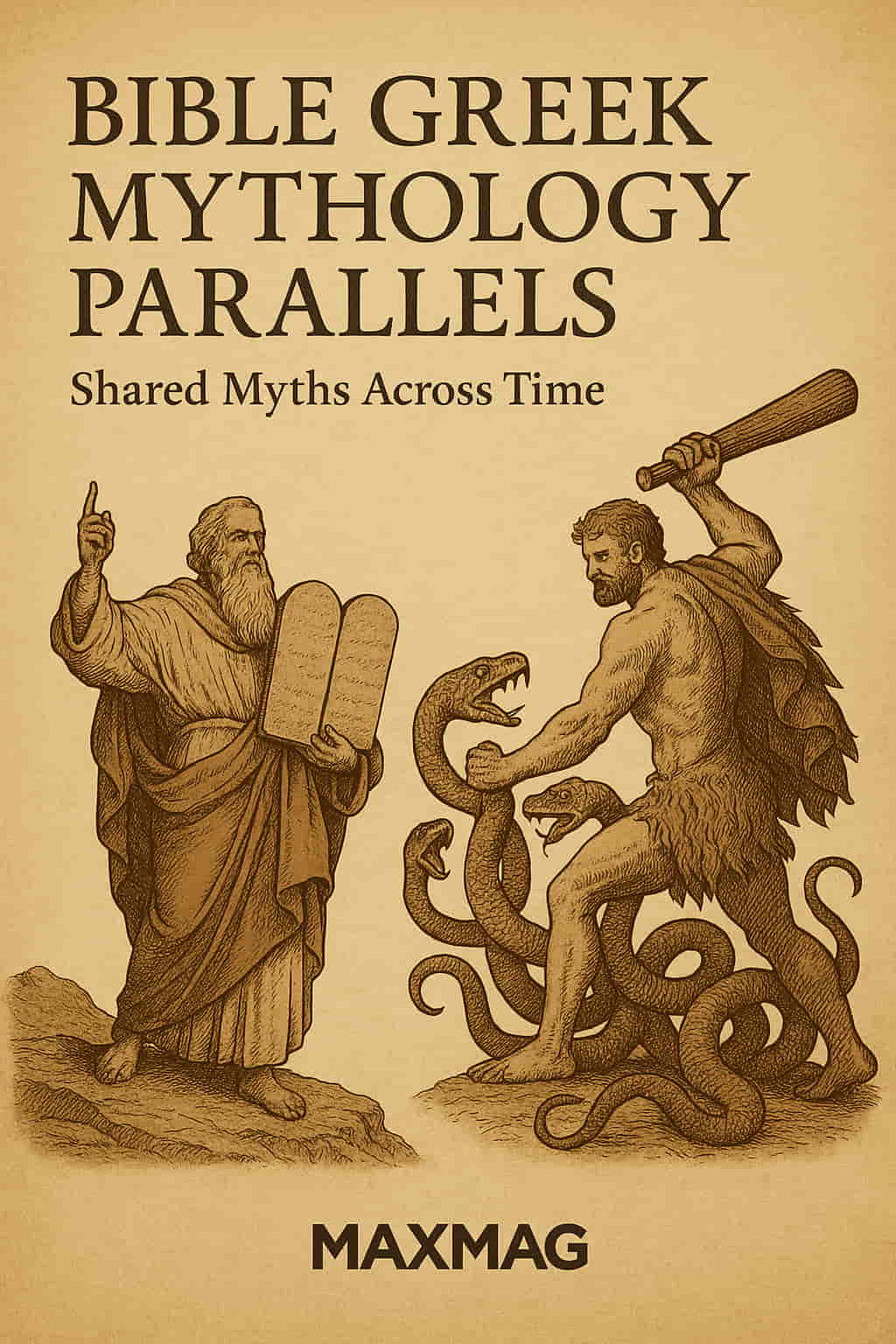
For centuries, scholars, theologians, historians, and mythologists have explored the rich and intriguing connections between religious texts and mythic narratives. Among the most captivating comparisons are the Bible Greek mythology parallels—overlaps in themes, characters, and cosmic frameworks between the Judeo-Christian Bible and the mythological tales of ancient Greece. While these texts were produced by vastly different civilizations, each with its unique cosmology, values, and historical context, it is astonishing how often they seem to echo one another.
These parallels are not necessarily the result of direct influence, although in some cases cultural contact is likely. Rather, they reveal something profound about human storytelling—our need to understand where we came from, why suffering exists, and what role, if any, the divine plays in our fate. In this expanded analysis, we explore how myths serve as mirrors of culture, uncover shared archetypes and storylines, and investigate the deeper reasons why the Bible and Greek mythology share so many narrative structures.
Universal Storytelling: The Mythic Blueprint of Civilization
One of the key functions of both myth and sacred scripture is to explain the world and our place in it. In this regard, the Bible Greek mythology parallels are particularly vivid. Both traditions begin with creation myths that set the stage for everything that follows.
In the Bible’s Book of Genesis, God creates the universe in seven days, separating light from darkness, water from land, and establishing order from formless void. Similarly, in Hesiod’s Theogony, the Greek universe begins in chaos before birthing primordial forces like Gaia (Earth), Uranus (Sky), and Kronos (Time). These elements, once arranged, give rise to the world and the gods who rule it.
Though the tone and intent differ—Genesis is monotheistic and moral, while Theogony is polytheistic and genealogical—the underlying need to impose structure on the unknown is unmistakably human. Whether through divine decree or cosmic drama, ancient peoples made sense of chaos by embedding meaning in origin stories.
These shared impulses suggest that storytelling itself is a civilizing force, offering not just entertainment, but identity and coherence to fragmented realities.
Heroic Archetypes Across Two Worlds
Few themes in mythology are more enduring than the hero’s journey. And in comparing the Bible with Greek mythology, we find multiple figures that fit this mold.
Take Samson, the biblical strongman with divine strength who battles oppressors but ultimately falls due to a personal weakness—his love for Delilah. His narrative, marked by supernatural strength, betrayal, and a redemptive death, strongly resembles the stories of Hercules, who also possesses divine might, performs great feats, and suffers due to his own flaws.
Or consider King David, a shepherd chosen by God to become a king, who defeats the giant Goliath with a simple stone. His story, one of unlikely ascension and divine favor, resonates with Greek tales of Perseus and Theseus, both of whom overcome monstrous challenges with cleverness and divine guidance.
The prevalence of these archetypes speaks to a universal fascination with heroism—especially when tempered by vulnerability. In both traditions, heroes are often divine or semi-divine, set apart from ordinary humans, but they are also deeply flawed. Their battles, whether physical or moral, reflect our own struggles with fate, faith, and freedom.
The Bible Greek mythology parallels in these cases highlight how both systems used exceptional individuals to illustrate broader truths about virtue, leadership, and the human condition.
The Flood Narrative: One Story, Many Retellings
One of the most widely studied overlaps between biblical and mythological literature is the flood narrative. In the Bible, the story of Noah and the Ark is among the most well-known accounts: God sees the wickedness of humanity and decides to cleanse the earth with a great flood, saving only Noah, his family, and a selection of animals aboard a massive boat.
In Greek mythology, Zeus performs a similar act of judgment. In the tale of Deucalion and Pyrrha, he floods the earth to punish human arrogance. Deucalion, son of Prometheus, and his wife survive by constructing a chest (essentially a large boat) and later repopulate the earth by throwing stones over their shoulders, which transform into people.
Even more intriguingly, flood myths exist in nearly every ancient culture—from Mesopotamia’s Epic of Gilgamesh to Hindu texts and Chinese legends. This has led many to speculate that these narratives may be cultural echoes of a real, cataclysmic event—perhaps a regional flood in prehistory that left such an imprint on collective memory that it became mythologized across civilizations.
Institutions like the University of Pennsylvania’s Department of Religious Studies explore these shared stories to uncover not only their historical roots but also their psychological and theological significance.

Serpents, Monsters, and the Struggle for Order
A striking Bible Greek mythology parallel appears in stories featuring monstrous beasts, often symbolizing chaos, which must be vanquished by a god or chosen servant.
In the Hebrew Bible, the sea monster Leviathan is a powerful representation of primordial chaos. God is depicted as battling and defeating it, asserting cosmic order. In Isaiah 27:1, God is described as striking down “Leviathan the fleeing serpent,” emphasizing His dominance over the forces of disorder.
In Greek mythology, the Hydra—also a sea monster, multi-headed and venomous—is slain by Hercules as part of his twelve labors. The Hydra’s ability to regenerate its heads mirrors Leviathan’s seeming invincibility, and both creatures are destroyed only by divine or divinely-aided heroes.
These narratives reinforce the same motif: that good, order, and divinity must triumph over the formless, dangerous, and unknown. Such symbolic monsters function not just as entertainment, but as metaphors for internal and external threats—fear, sin, death, and chaos—that all humans face.
Divine Councils and Celestial Assemblies
Though often overlooked, the concept of a divine assembly or council is another notable point of contact between the Bible and Greek mythology.
Psalm 82 offers a glimpse into the biblical worldview where God presides over a “divine council”—a gathering of lesser spiritual beings or “gods.” While mainstream monotheism asserts the supremacy of one God, older Hebrew traditions reflect a more complex supernatural hierarchy.
Greek mythology, by contrast, openly embraces a polytheistic pantheon. On Mount Olympus, twelve primary gods rule the world, each with specific domains and powers. Zeus is the king of gods, much like the God of the Bible is the ultimate authority, but both systems imagine divine deliberation and decision-making.
Scholars at Harvard Divinity School have explored how these celestial courts mirror human institutions, projecting kingship, justice, and societal roles onto the heavens to reinforce earthly norms.
Virgin Births and Miraculous Origins
Another shared motif is the birth of divine or semi-divine figures under miraculous circumstances. In Christian tradition, Jesus is born of the Virgin Mary, conceived through the Holy Spirit—a core doctrine emphasizing purity, divine intervention, and destiny.
Greek mythology offers several versions of divine conception as well. Danaë, for instance, is imprisoned in a bronze tower to prevent pregnancy, but Zeus enters as a golden shower and fathers Perseus. Similarly, Dionysus is born from the mortal Semele and Zeus, after which he becomes the god of wine, ecstasy, and resurrection.
While the theological implications differ—Christianity presents virgin birth as a sign of moral purity, while Greek myths often depict divine unions as amorous or manipulative—the motif reflects a shared belief: extraordinary births signal extraordinary fates. They also serve to legitimize the hero’s divine mission and set them apart from the rest of humanity.
Sacrifice and Redemption Across Cultures
Sacrifice is one of the oldest religious practices, and both biblical and Greek narratives use it to represent obedience, purification, and covenant with the divine.
In the Bible, Abraham’s near-sacrifice of Isaac is a defining moment of faith. Animal sacrifices in the Old Testament serve to atone for sin, purify the community, and honor God.
In Greek mythology, human and animal sacrifices are also central. Agamemnon sacrifices his daughter Iphigenia to appease Artemis and allow the Greek fleet to sail to Troy. These acts reflect complex relationships with the gods—part devotion, part fear, part negotiation.
Interestingly, in both traditions, sacrifice can lead to transformation or salvation. In Christianity, the crucifixion of Jesus is viewed as the ultimate, once-and-for-all sacrifice for humanity’s sins. In Greek myth, Prometheus suffers eternal punishment for giving fire to humans—an act of sacrificial rebellion that brings knowledge.
These recurring themes show that the logic of sacrifice runs deep in the human psyche, crossing cultural and theological boundaries.
Morality, Judgment, and the Afterlife
As human societies developed, so too did their conceptions of the afterlife. In early biblical texts, death is shadowy and undefined—Sheol is a place of stillness. But by the New Testament, heaven and hell emerge as moral destinations, offering reward or punishment based on earthly behavior.
Greek mythology provides a more elaborate geography of the afterlife: Hades is the general realm of the dead, while Elysium is reserved for heroes and the virtuous. Tartarus is the abyss where the wicked are punished.
In both systems, moral accountability becomes central. How one lives—whether righteously or wickedly—determines the soul’s fate after death. These beliefs reflect a shift in religion’s role from explaining nature to governing ethics.
Cultural Contact or Shared Humanity?
Are these Bible Greek mythology parallels the result of borrowing, coincidence, or some deeper shared subconscious? The answer may be: all of the above.
We know the ancient world was interconnected. Jewish communities lived in Hellenized regions; early Christians wrote in Greek. Trade routes, wars, and migrations allowed ideas to travel freely across borders.
But even in isolation, cultures often develop similar stories. The flood myth, the hero’s journey, the cosmic battle—these emerge again and again across continents and centuries. They may represent archetypes rooted in our shared experience as thinking, feeling, storytelling creatures.
Understanding these overlaps not only enriches our appreciation of both traditions, but also fosters a sense of connection across time and belief.
FAQ
Q: Are Bible Greek mythology parallels evidence of copying?
A: Not necessarily. While cultural contact did occur, many parallels reflect universal themes and archetypes common in human storytelling.
Q: What is the most notable parallel between the Bible and Greek myth?
A: The flood story—Noah vs. Deucalion—is the clearest structural similarity.
Q: How do scholars explain these similarities?
A: Some argue for shared oral traditions or historical influence, while others point to archetypal psychology and parallel cultural evolution.
Q: Did the early Christians know Greek myths?
A: Yes. Many early Christians lived in Greek-speaking regions and were familiar with Greek literature, which influenced how they communicated theology.
Q: Do these parallels undermine religious beliefs?
A: Not necessarily. Many see them as enriching—proof that human beings across cultures are searching for the same truths in different ways.

